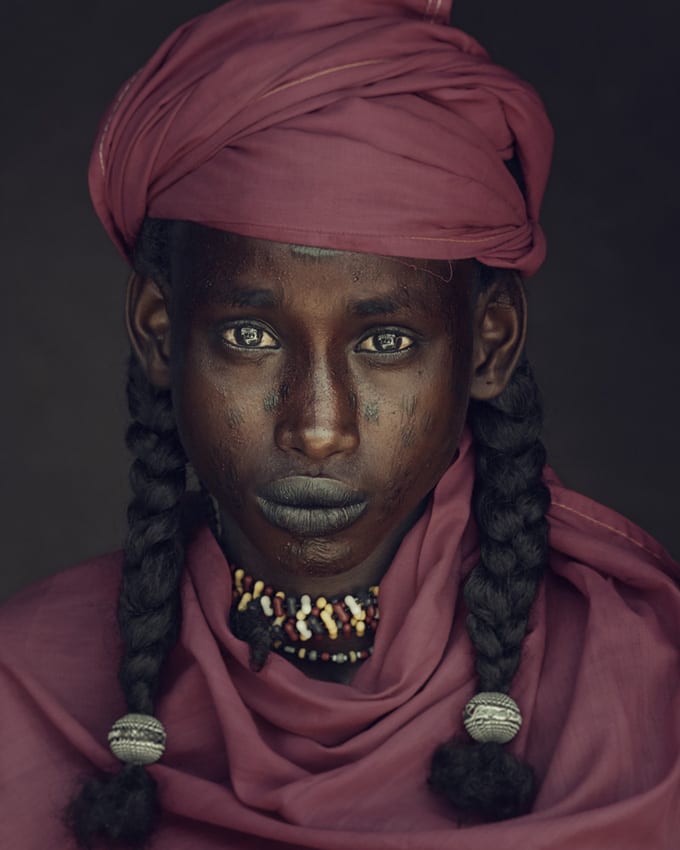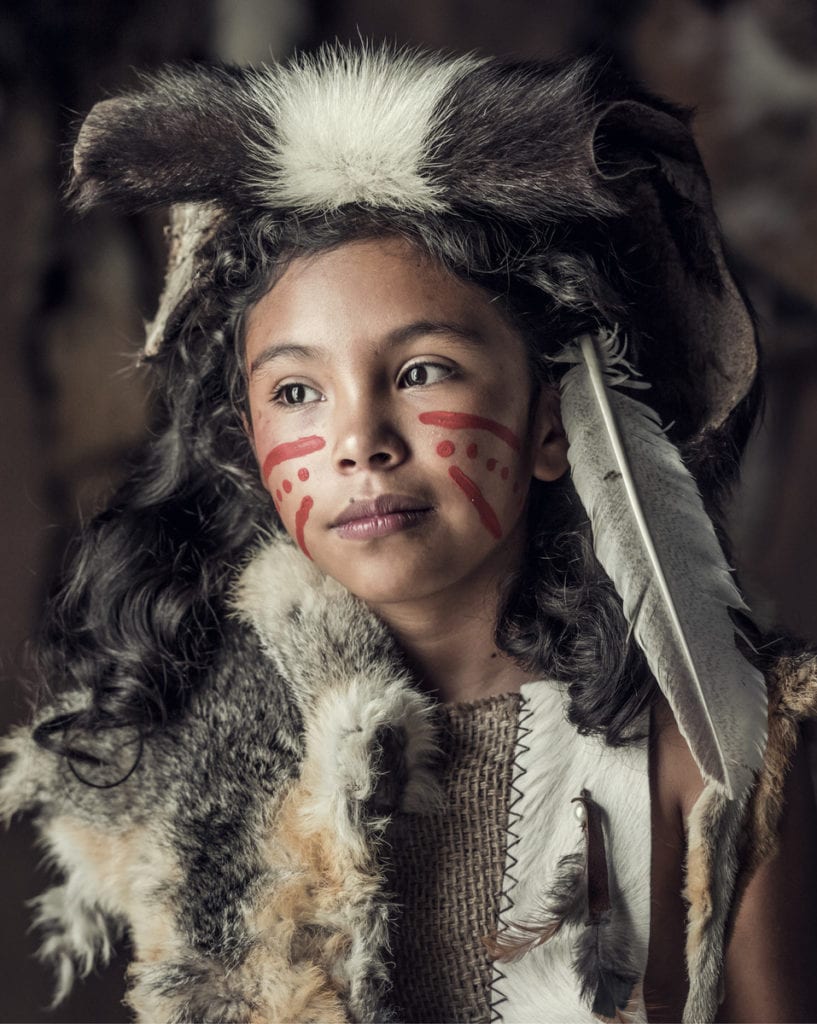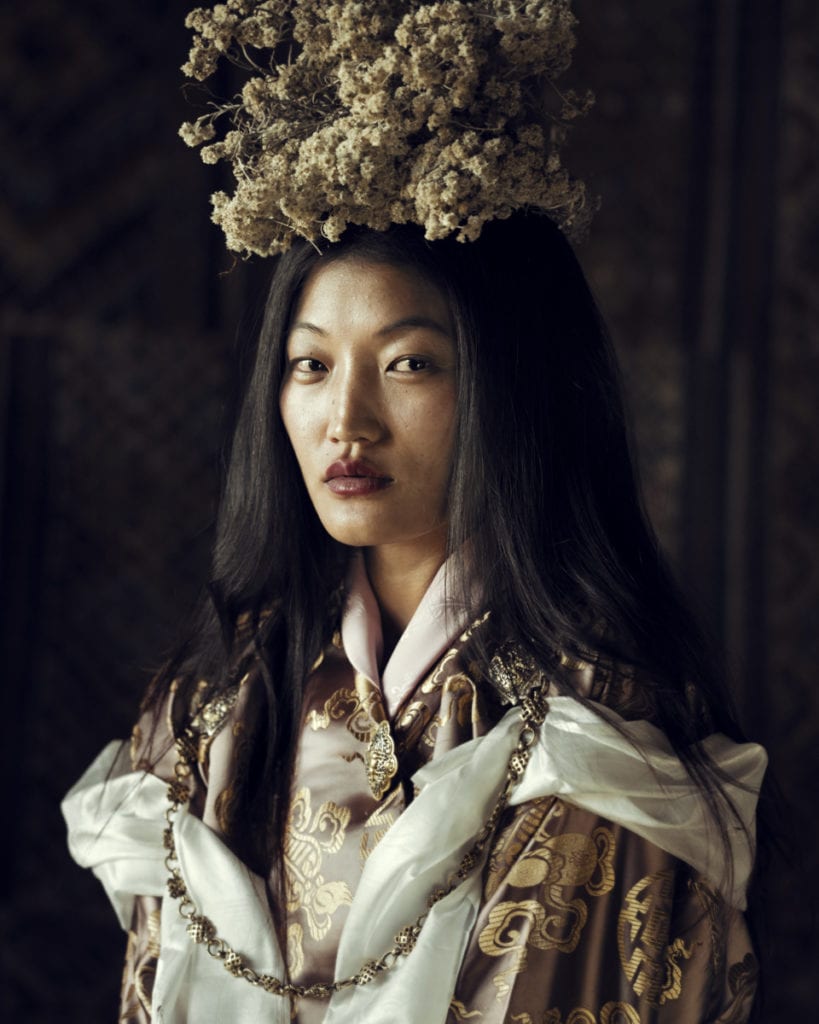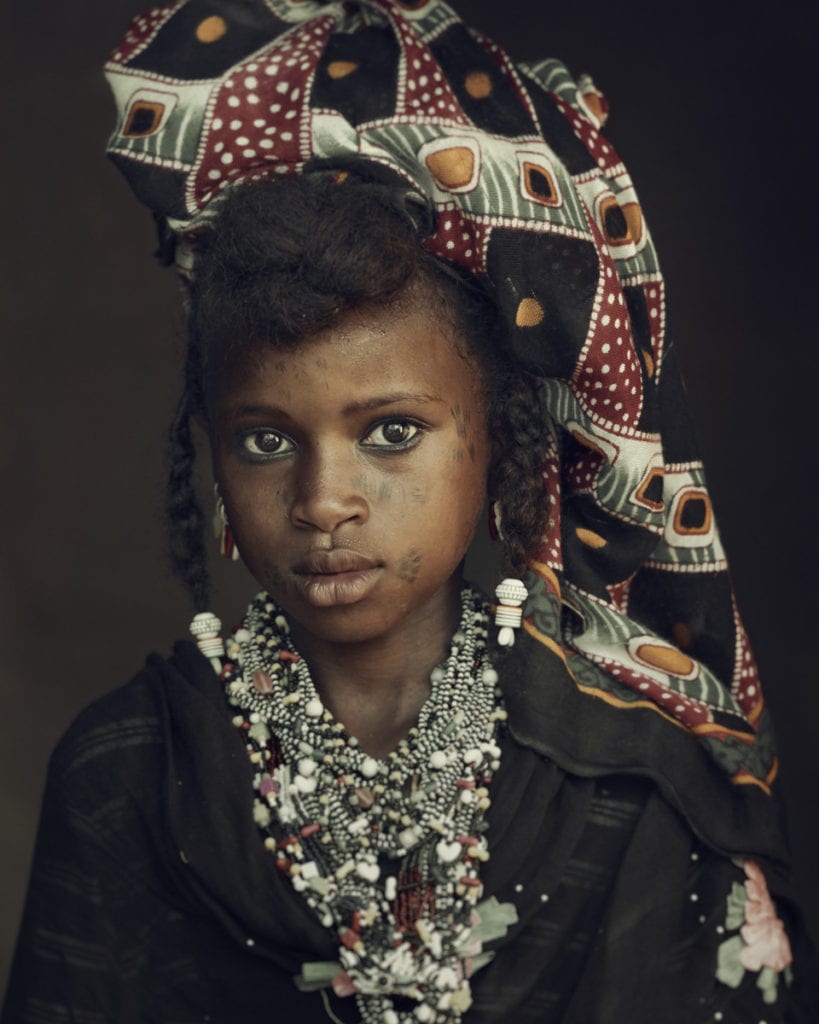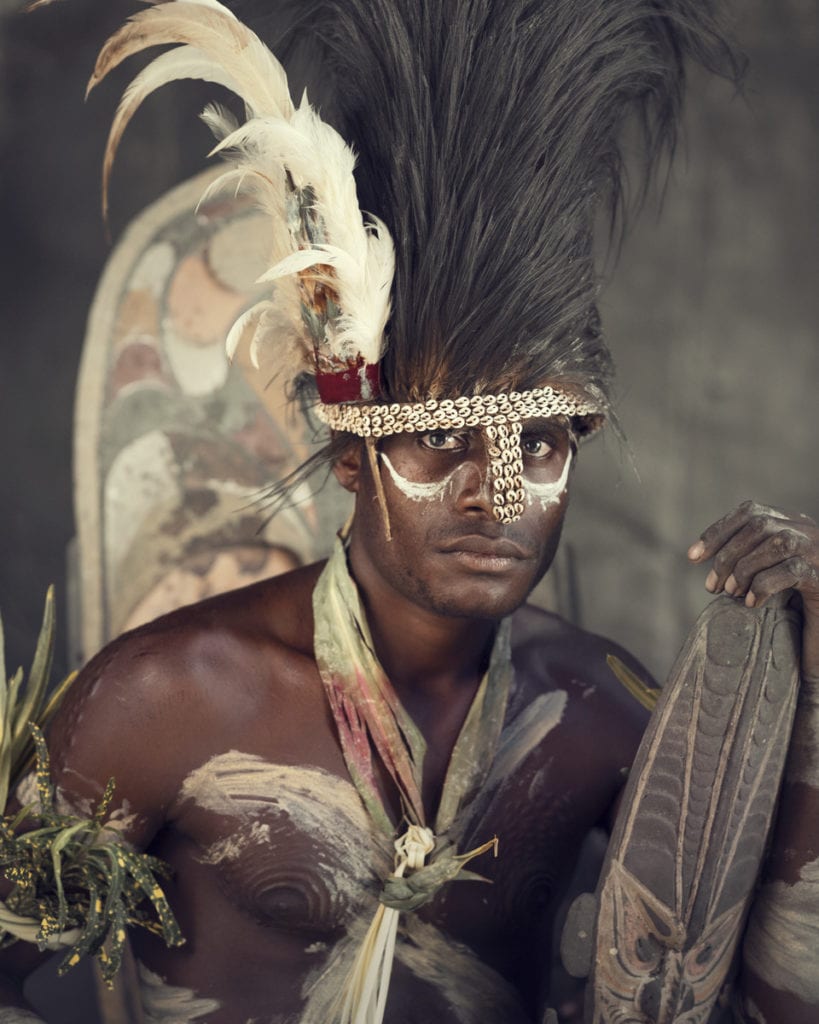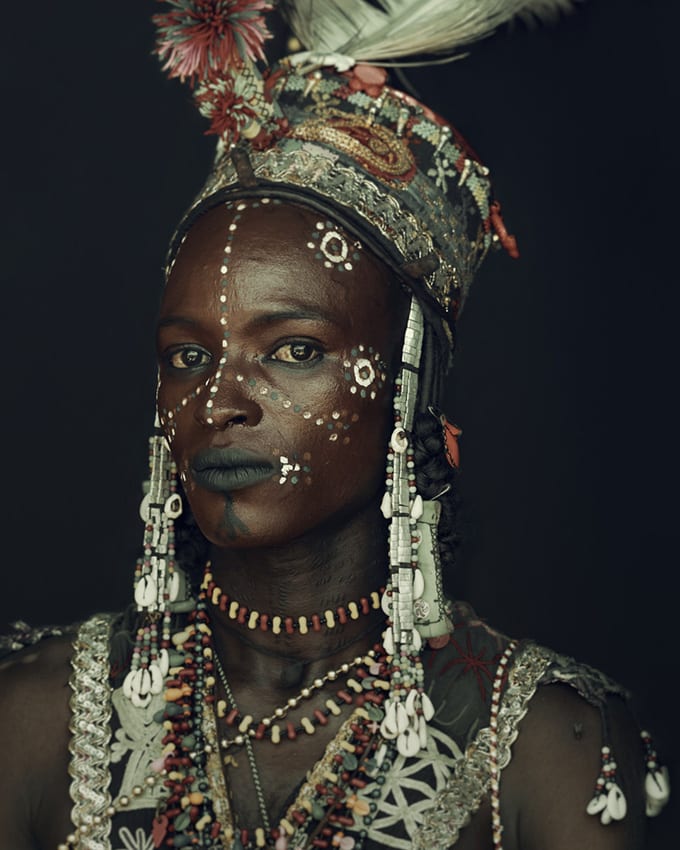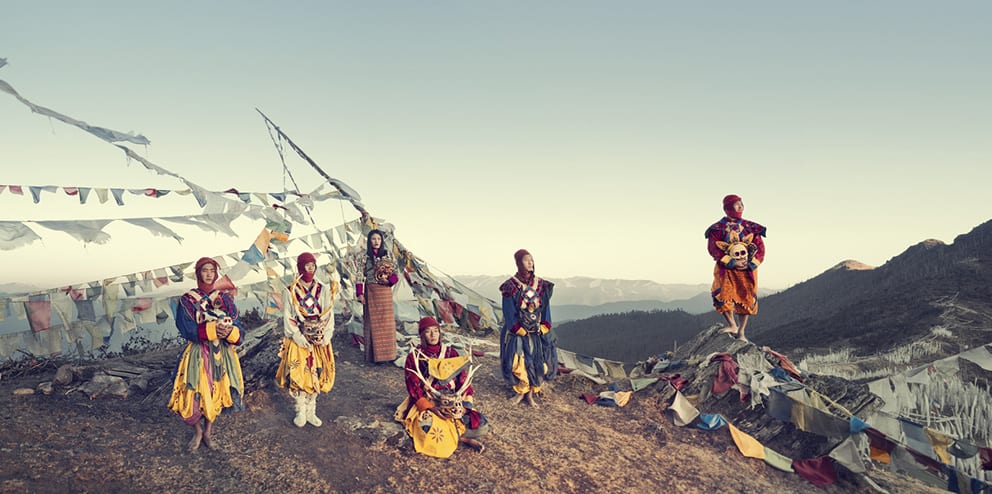As we welcome people to submit photographs to Portrait of Humanity, an initiative celebrating our shared values of individuality, community and unity, we also highlight the work of photographers who have done just that. And perhaps no one has embodied this ethos more so than Jimmy Nelson, who has spent the last 30 years photographing indigenous cultures around the world, in the hopes that we might be able to learn from them.
Jimmy Nelson’s latest project, Homage to Humanity, has just been released. This time, his work has been produced not only in the form of a book, but also digitally, with an app that has the capacity to scan over every photograph in the book, and to bring them to life with interviews and films. This allows people to see the making of the work, and to understand the process behind it.
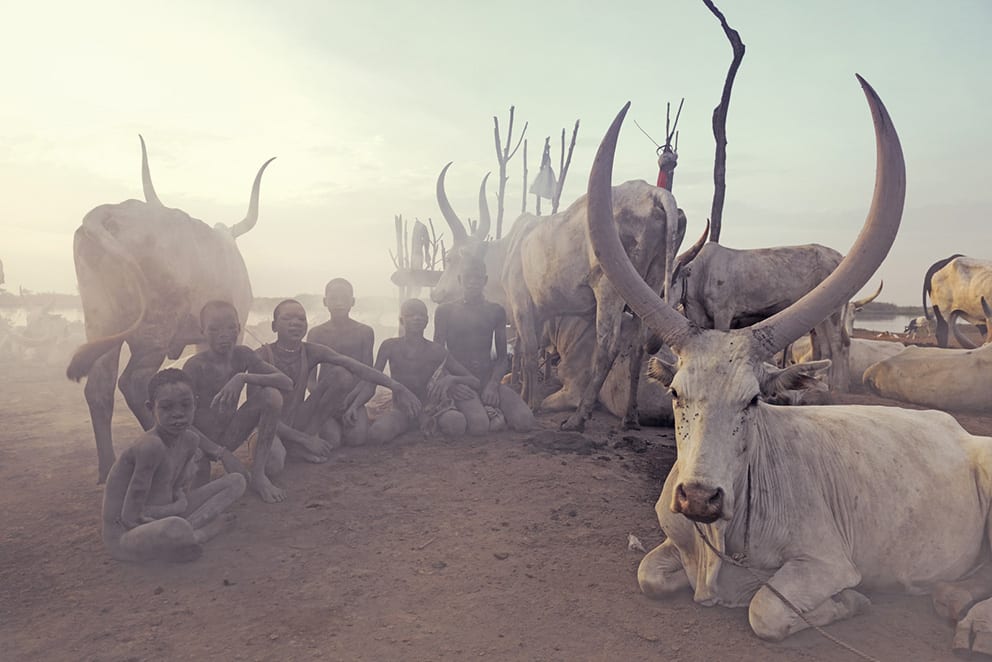
This new way of bringing people into the closed worlds of these indigenous tribes combines their traditions with our technology. As we increasingly spend more time than ever on our smartphones, Nelson asks us to use them to contemplate the lives of people who have perhaps never handled this technology. “It is important that we learn from these people,” Nelson explains, “Hopefully their way of life can help us hold a mirror up to our own.” And perhaps there is no better mirror than our beloved smartphones.
Nelson’s previous book, Before They Pass Away, sold a staggering 250,000 copies in its first ten days of release. “There has been a lot of discussion about that book,” says Nelson. “It was a subjective, romantic, and glorious way of looking at some of the world’s last indigenous cultures, but people became fixated on the title, without really listening to or understanding what the book was about.” Following both the success, and controversy, of Before They Pass Away, Homage to Humanity invites us to reconsider the work, with several photographs of tribes Nelson has revisited, but most of peoples he has never come into contact with before.
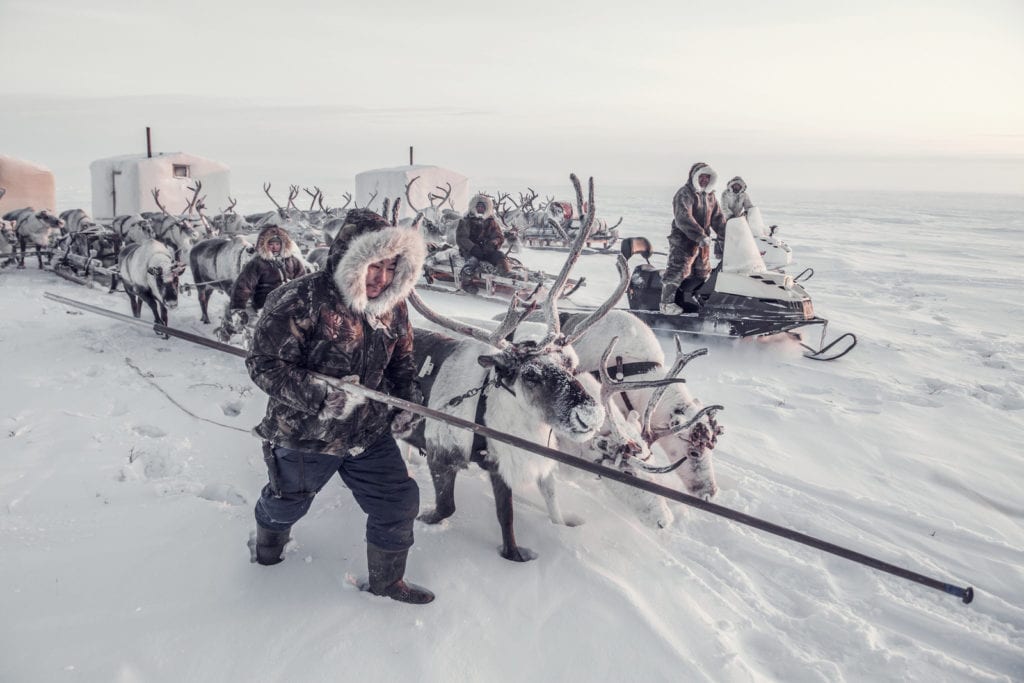
Jimmy Nelson has been photographing indigenous communities for his entire adult life, but the roots of his interest go deeper still. Having spent his early childhood living with indigenous peoples in Africa, Asia and South America, he was sent to a boarding school in the UK at 7 years old. This proved to be a deeply unhappy time, and the stress of the experience caused his hair to fall out. Seeking a sense of belonging, and wishing to reconnect with his childhood and those he understood, Nelson ventured to Tibet at the age of 16. “I didn’t set out to take pictures, but to find the empathy of other human beings who wouldn’t judge me,” he explains.
Photography happened to be the medium through which Nelson could communicate his journey of self-discovery, and the empathy and understanding of other people. “I would not advise anyone to ever get into photography,” he muses, “Instead, go on a journey of discovery, to find out who you are. I use a camera by default to do that.”

In many ways, this approach sets him apart from other photographers. Not just seeking a good photograph, Nelson’s work also documents his sense of connection to these indigenous communities and cultures. But the work serves yet another purpose; “Now is an important time, because as the world is becoming digitised and globalised, it is also becoming connected and homogenised,” says Nelson. “At the same time, through this globalisation, we’re building walls around ourselves because we’re too afraid of ‘the other’.”
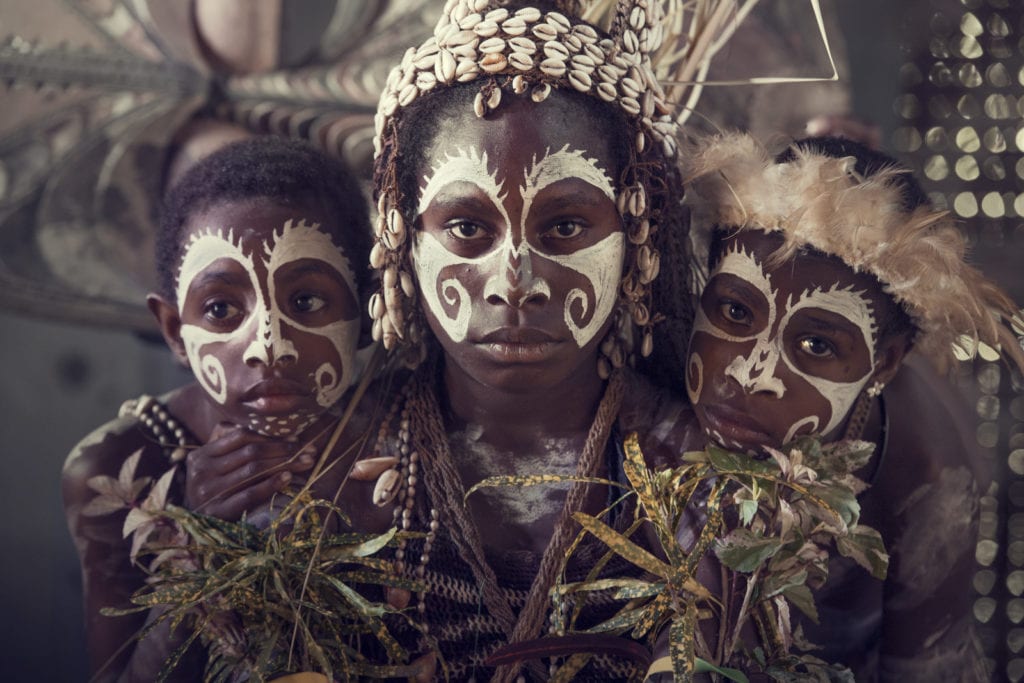
Nelson’s Homage to Humanity invites us to celebrate ‘the other’ by presenting them in their most proud state; dressed boldly and ceremoniously. “The sooner we can all respect and learn from each other, the sooner we can get on with more important issues, like looking after the planet we live on,” he says. Particularly in relation to the welfare of the planet, Nelson believes that now is the time to put our differences aside and to work with one another, and especially with indigenous groups.
“In the past, many of these groups have been photographed crawling through the mud,” Nelson sighs, “but we need to start seeing them in an iconic light, because then we might start to take them seriously, and we might learn how to right the mess we have made.” This attempt to counteract the misrepresentation of indigenous cultures lies at the crux of Nelson’s work, and is what he sees as the key to beginning to understand and take care of our environment. “We, in the developed world, have stopped listening to the Earth’s heartbeat. And these cultures do just that.”
Do you want to be part of the movement? Together, we will create a Portrait of Humanity
